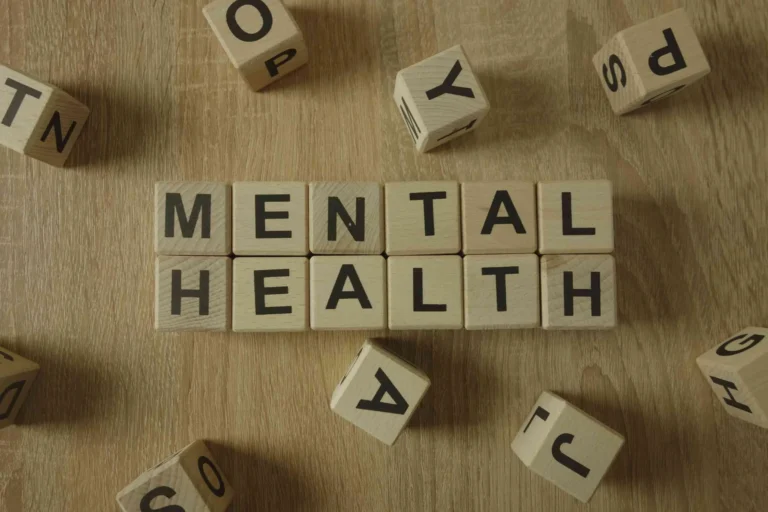How to Balance Screen Time and Self-Care: Tips for Young Adults
In today’s digital age, screen time is an inescapable part of life. From smartphones and laptops to tablets and televisions, screens are integral to our daily routines, whether for work, socializing, entertainment, or education. However, excessive screen time can take a toll on our mental and physical health. Balancing screen time with self-care is essential for maintaining well-being. Here are some practical tips for young adults on how to achieve this balance effectively.
Understanding the Impact of Screen Time
Before diving into the tips, it’s crucial to understand the impact of excessive screen time on health:
1. Physical Health:
- Eye Strain: Prolonged screen use can cause digital eye strain, leading to symptoms like dry eyes, headaches, and blurred vision.
- Poor Posture: Long hours spent in front of screens can result in poor posture, causing back and neck pain.
- Sedentary Lifestyle: Excessive screen time often correlates with a sedentary lifestyle, increasing the risk of obesity, cardiovascular disease, and other health issues.
2. Mental Health:
- Sleep Disruption: The blue light emitted by screens can interfere with the production of melatonin, disrupting sleep patterns and reducing sleep quality.
- Stress and Anxiety: Constant connectivity and information overload can lead to increased stress and anxiety levels.
- Social Isolation: Excessive screen time can contribute to social isolation, reducing face-to-face interactions and weakening personal relationships.
Balancing screen time with self-care involves creating healthy habits that prioritize well-being. Here are some tips to help you achieve this balance:
Tips for Balancing Screen Time and Self-Care
1. Set Screen Time Limits
One of the most effective ways to manage screen time is to set limits on how long you spend on your devices each day.
- Use Built-In Tools: Many devices come with built-in screen time tracking tools that allow you to set daily limits and receive notifications when you’ve reached them.
- Create a Schedule: Designate specific times of the day for screen use and stick to it. For example, limit social media usage to 30 minutes in the morning and 30 minutes in the evening.
- Digital Detox Days: Consider taking a break from screens entirely for a day or a weekend to reset and recharge.
2. Prioritize Face-to-Face Interactions
While digital communication is convenient, it’s essential to maintain face-to-face interactions to build and sustain meaningful relationships.
- Plan Social Activities: Make an effort to meet friends and family in person. Plan activities like going for a walk, having a meal together, or participating in a group activity.
- Join Clubs or Groups: Engage in clubs, sports teams, or other social groups that interest you. This encourages regular in-person interaction and reduces screen dependence.
- Limit Phone Use During Social Gatherings: When you’re with others, keep your phone out of sight to focus on the people around you.
3. Create a Relaxing Bedtime Routine
To improve sleep quality, establish a relaxing bedtime routine that minimizes screen use before bed.
- Set a Screen Curfew: Avoid screens at least one hour before bedtime. Instead, opt for activities that promote relaxation, such as reading a book, taking a bath, or practicing mindfulness.
- Use Blue Light Filters: If you must use a screen before bed, enable blue light filters on your devices to reduce the impact on your sleep.
- Create a Sleep-Friendly Environment: Ensure your bedroom is conducive to sleep by keeping it dark, cool, and quiet. Consider using blackout curtains and white noise machines if necessary.
4. Incorporate Physical Activity into Your Day
Regular physical activity is essential for counteracting the sedentary effects of screen time and promoting overall well-being.
- Exercise Regularly: Aim for at least 30 minutes of moderate exercise most days of the week. This can include activities like walking, jogging, cycling, or yoga.
- Take Breaks: During prolonged screen use, take short breaks to stand up, stretch, and move around. The 20-20-20 rule suggests looking at something 20 feet away for 20 seconds every 20 minutes to reduce eye strain.
- Combine Screen Time with Activity: If you enjoy watching TV or movies, consider doing light exercises like stretching or using a stationary bike while you watch.
5. Practice Mindfulness and Stress Management
Incorporating mindfulness and stress management techniques into your routine can help mitigate the negative effects of screen time on mental health.
- Mindfulness Practices: Engage in mindfulness practices such as meditation, deep breathing exercises, or journaling to reduce stress and improve focus.
- Set Boundaries: Establish boundaries around screen use, such as not checking work emails after a specific time or limiting news consumption to certain times of the day.
- Engage in Hobbies: Spend time on hobbies and activities that bring you joy and relaxation, such as cooking, gardening, painting, or playing a musical instrument.
6. Optimize Your Workspace
If you spend a significant amount of time on screens for work or study, optimizing your workspace can help reduce physical strain and improve productivity.
- Ergonomic Setup: Ensure your workspace is ergonomically designed. Your chair should support your back, your screen should be at eye level, and your keyboard and mouse should be within comfortable reach.
- Good Lighting: Use adequate lighting to reduce eye strain. Natural light is best, but if that’s not possible, use a good quality desk lamp.
- Minimize Distractions: Create a clutter-free workspace that minimizes distractions, allowing you to focus better and work more efficiently.
7. Stay Hydrated and Maintain a Healthy Diet
Proper hydration and nutrition play crucial roles in maintaining energy levels and overall health.
- Drink Water Regularly: Keep a water bottle at your desk and sip regularly throughout the day to stay hydrated.
- Healthy Snacks: Choose healthy snacks like fruits, nuts, and vegetables over sugary or processed options to maintain steady energy levels.
- Balanced Meals: Ensure your meals are balanced with a good mix of proteins, carbohydrates, and healthy fats to support overall health and well-being.
8. Reflect and Adjust
Regularly reflect on your screen time habits and their impact on your well-being. Adjust your routines and strategies as needed to ensure a healthy balance.
- Keep a Journal: Track your screen time and self-care activities in a journal. Reflect on how they make you feel and identify areas for improvement.
- Seek Feedback: Talk to friends or family about your screen time habits. They can provide valuable insights and support as you strive for balance.
- Stay Flexible: Be open to adjusting your routines and strategies as your needs and circumstances change.
Balancing screen time with self-care is essential for maintaining physical and mental health in today’s digital world. By setting limits, prioritizing face-to-face interactions, creating a relaxing bedtime routine, incorporating physical activity, practicing mindfulness, optimizing your workspace, staying hydrated, and reflecting on your habits, you can achieve a healthy balance that enhances your well-being. Remember, the goal is not to eliminate screen time entirely but to use it mindfully and in moderation. Implement these tips to create a balanced lifestyle that supports your health and happiness.







